16 icons of the Wide Bay that no longer exist
In their heyday, they were popular local fixtures – stores, pubs, restaurants and places everybody knew about and loved. Read their history, the people behind them and where they are now.
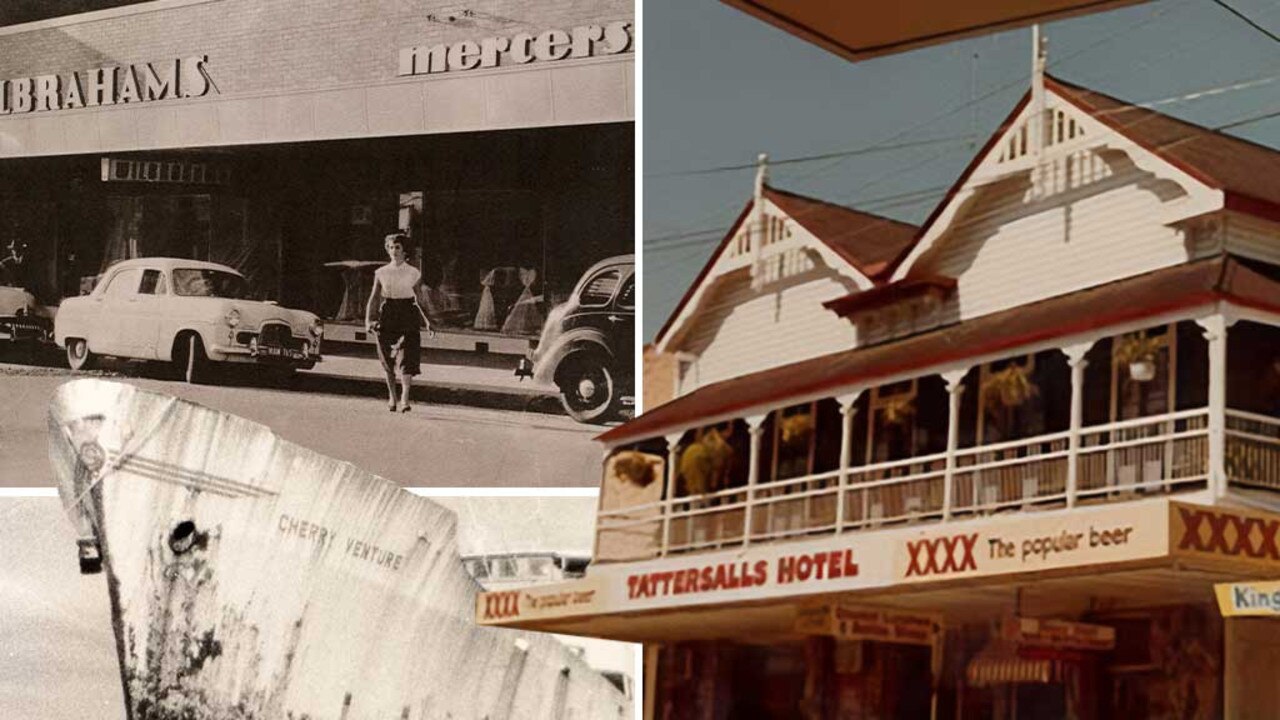
Property
Don't miss out on the headlines from Property. Followed categories will be added to My News.
They were iconic in the 70s, 80s, 90s, 00s and until they no longer were, ending the queues, the picnics, the travelling stopovers, the industry workers or recreational watering holes the sites, businesses, and structures boasted.
These locations across the Wide Bay are sure to bring back a yearning of yesteryear with a lining of nostalgia and hopefully, plenty of fond memories.
Full list: Pubs for sale across the Wide Bay Burnett
Tattersalls Hotel in Gympie
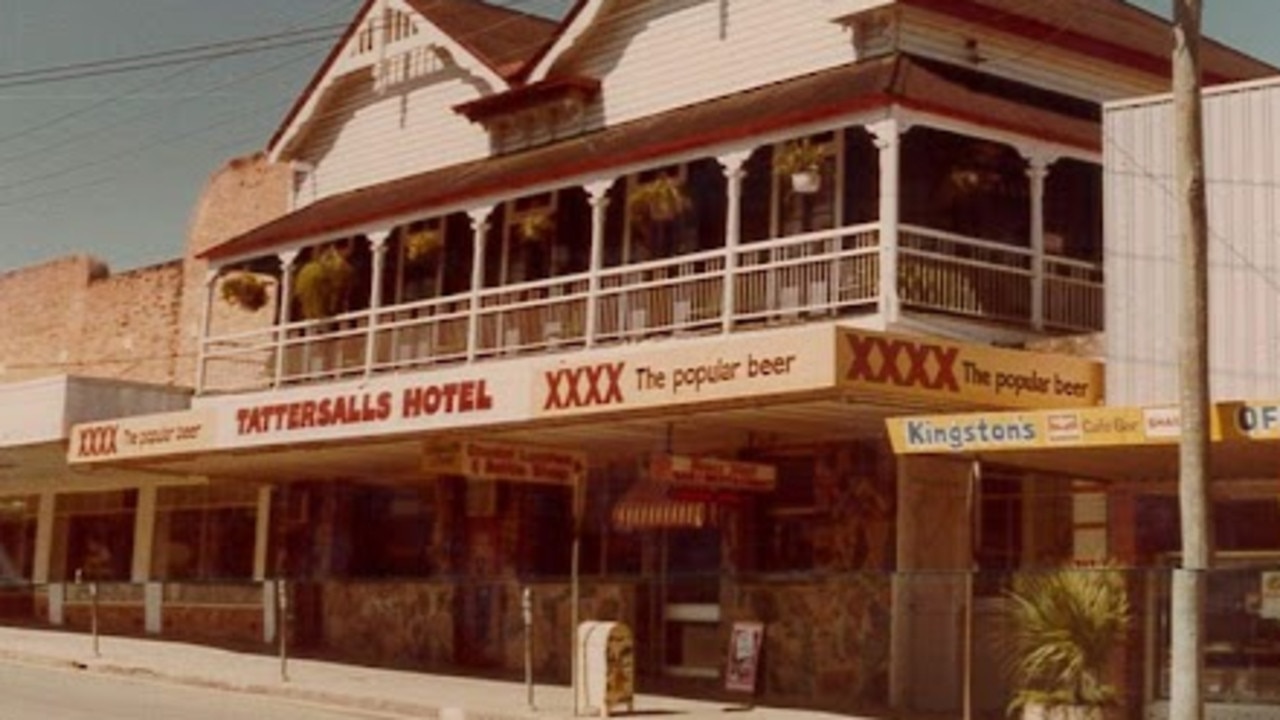
A favourite watering hole in Gympie, the Tattersalls Hotel in Mary Street, burnt down on the evening of August 7, 1989.
The Gympie Times reporter Dean Gould was there to report on what happened. Seven people escaped the blaze, some by minutes, as the historic pub burst into flames just before midnight. Witnesses said they heard an explosion just as the fire started.
Characters associated with The Tatts abounded, with judo expert and hotel manager John Kopp receiving death threats before the fire, but managing to rescue boarder Michael Mason who was distraught after having to sift through the ruins to gather the remains of his brass instruments.
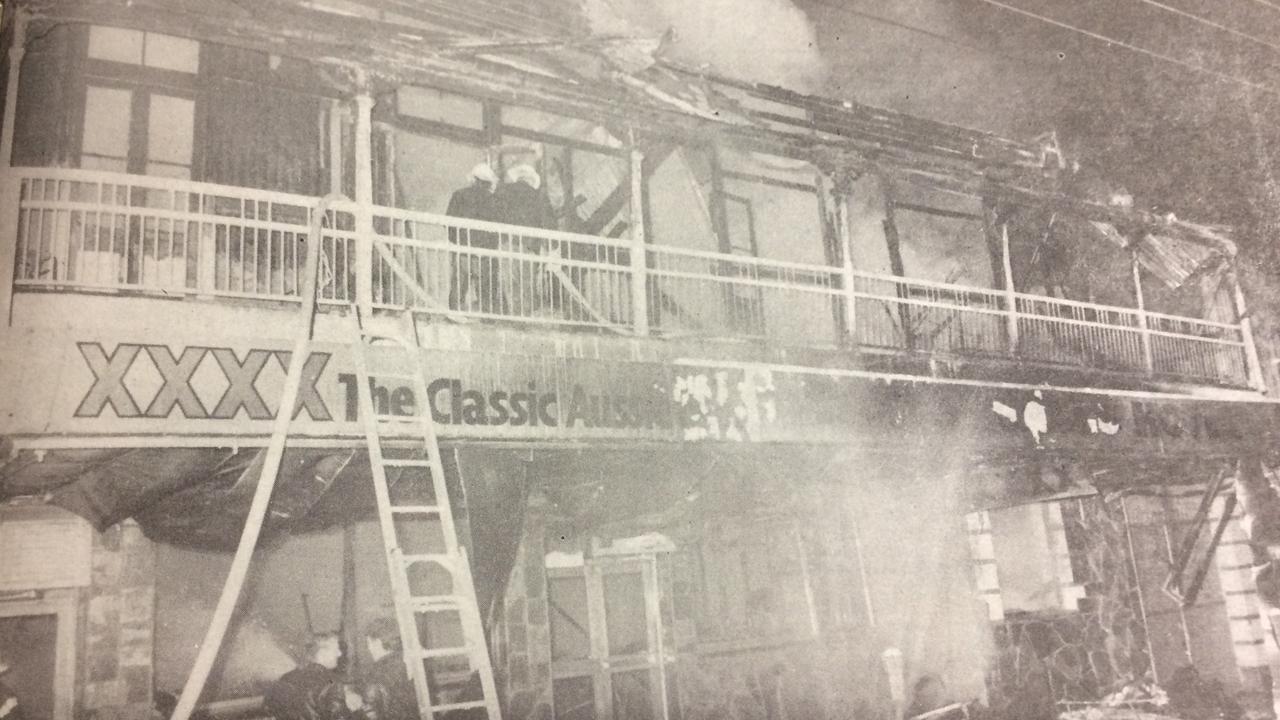
The Tattersalls Hotel was built in 1968 and became a favourite with residents of the region.
Initially the 1989 fire was suspected to have been deliberately lit, as the publican and several others received threatening phone calls leading up to it.
Vic Hislop’s Shark Show, Hervey Bay
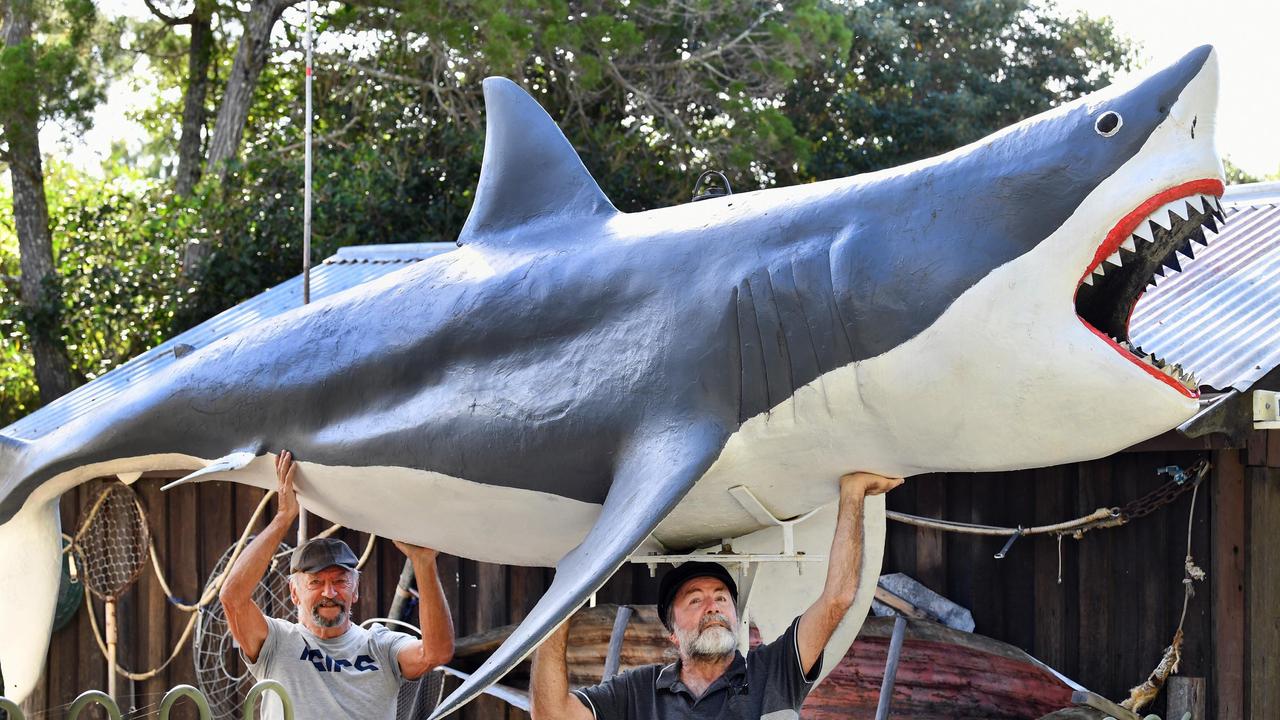
Formerly a controversial attraction of Hervey Bay, Vic Hislop’s Shark Show was on the corner of The Esplanade and Elizabeth St in Urgangan and officially closed in 2016, after 30 years of operation.
Run by shark hunter Vic Hislop, the display was self-described as “the only show of its kind in the world” and included a shark and whale show, great white shark expo and overall educational experience about the sharp-toothed sea creatures.
With life-size model sharks out front and a large shark’s mouth upon entry, the biggest attraction of the show was the real 5m great white shark that had been frozen and preserved along with three others inside the venue.
While some locals believe the shark show is a part of Hervey Bay’s history and educates the public about the unpredictable nature of sharks, others have called the exhibit an attempt at “scaremongering”, with many visitors commenting on the “rotten smell” of the 30-year-old “defrosting” great white shark inside the museum.
Hislop closed the museum in 2016 for personal reasons and the remaining external display of the iconic fibreglass shark out front was restored and relocated to Hervey Bay Historical Village and Museum after it was vandalised in 2018.
After an attempt to sell the frozen great white on Gumtree for $30,000 in 2015, Hislop was forced to bury the main attraction and the three remaining preserved sharks which were protected under Commonwealth legislation.
Gympie Drive-In
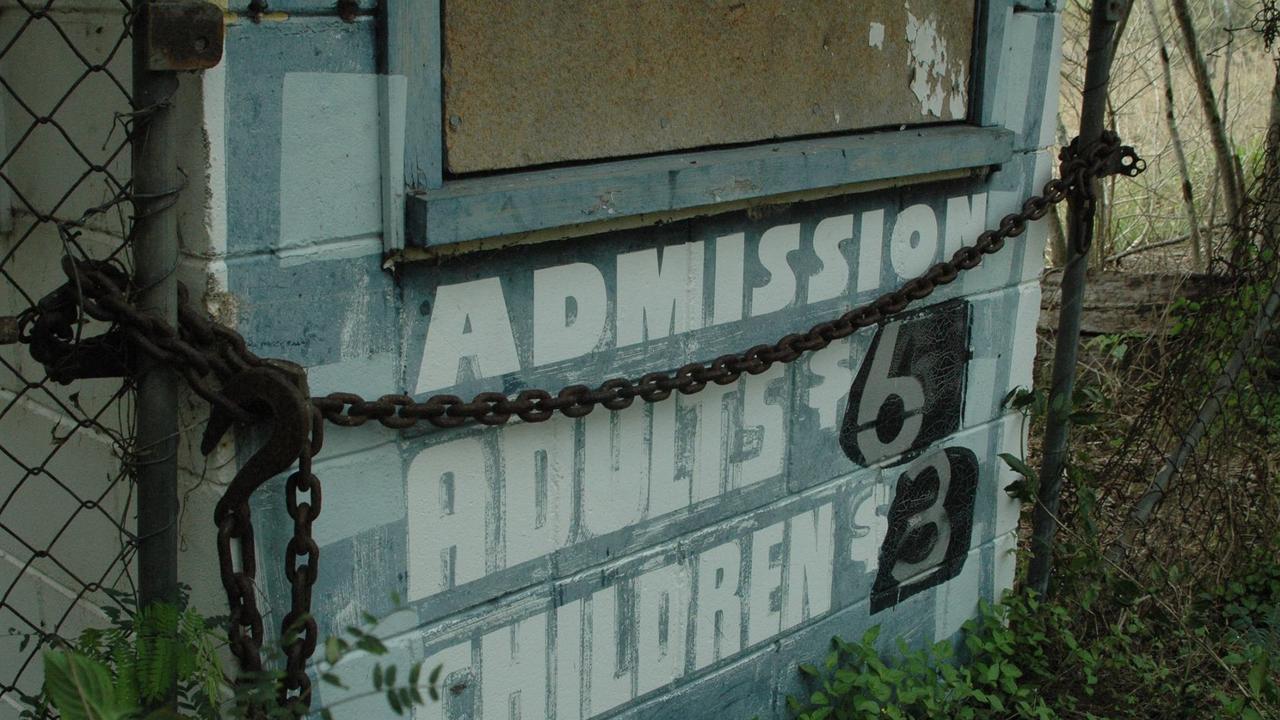
A sad shell of a screen, an overgrown paddock and an abandoned kiosk are the only reminders that one of Gympie‘s entertainment meccas once existed at Monkland.
If you were on the same sloping paddock on Noosa Rd five decades ago you would have been at the Scottish Drive-In Theatre where, on any night of the week, cars loaded with eager faces lined up to watch the latest releases beamed from the 45-foot (14m) long screen at $2 a pop.
Young people backed their station wagons up to the screen, setting up deck chairs and eskies brimming with BYO soft drinks, children (who cost 20 cents to admit) ran barefoot on the grass and the kiosk was the hub of made-from-scratch meals and gidday catch-ups.
The screen, which stood atop the hill near the road, was built out of railway line from the Gympie Railway Station.
It stood 14m long, 9m high and projected 76m.
Jaws, Grease, Star Wars, The Rocky Horror Picture Show and Titanic all screened at Gympie‘s drive-in, but the movies were not the only thing that attracted people.
Mick Venardos, former Gympie mayor and real estate agent, opened the drive-in 1968, and ran it with wife Tina before making his mark in local politics.
The drive-in changed hands several times before it finally folded in the 1990s, it is believed, loosely around the time Gympie got its first twin cinema in Nash St.
Wilbrahams Department Store
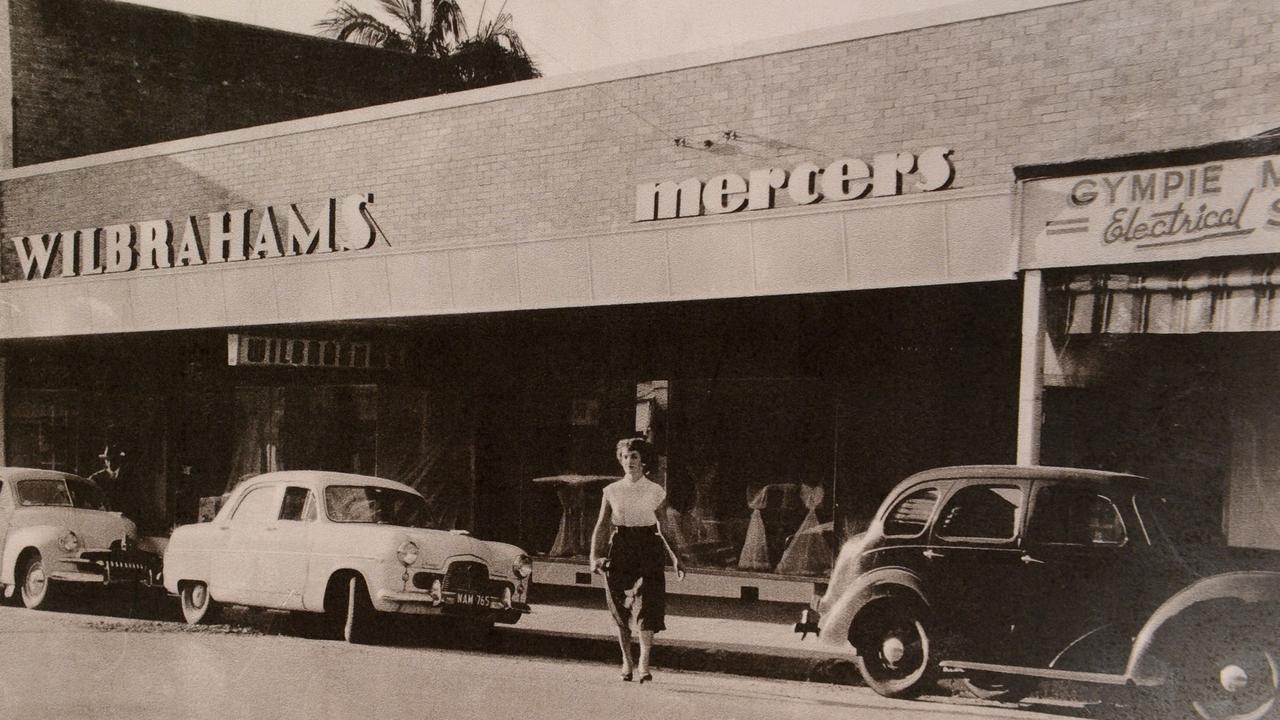
First established in 1914, Wilbraham Pty Ltd was a long-lived Mary St business in Mary St and was operated by Thomas Joseph Wilbraham as a tailor shop, a general drapery and sold soft furnishings and floor coverings.
Throughout its booming history, the store is said to have had a billiard saloon, a fruit shop, and a shooting gallery.
It remained a popular spot for clothing, accessories, haberdashery and the like right up until the mid 1990s when it closed.
It is now home to Tom Grady Real Estate, Twiga Books and Gympie Toyworld.
The Green Door Cafe, Gympie
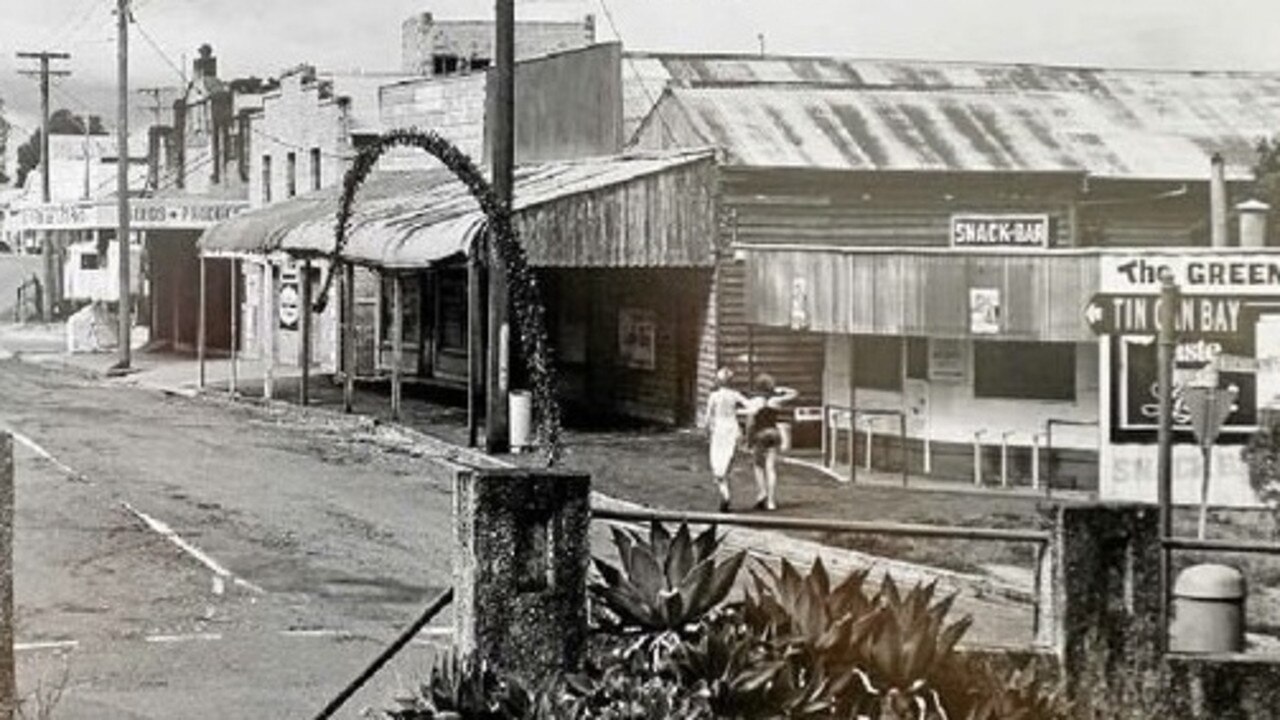
For more than 30 years the iconic Green Door Cafe near the historic Gympie train station on Tozer St was the hip place to be.
It was built by Jim Gleeson in 1951, and during its heyday, the cafe was a popular spot for locals to come after watching the latest movie release.
Close to the Gympie train station and Railway Hotel, train travellers would often stop for a bite with locals, recalling pie-eating competitions.
The cafe’s mark extended beyond its walls, eventually influencing the paint scheme of the nearby Sauers rural store.
It was shut in the early 1990s, and never reopened.
The building itself lasted until 2022 when it was demolished to make way for a major expansion of Sauer’s.
Cherry Venture, Teewah Beach
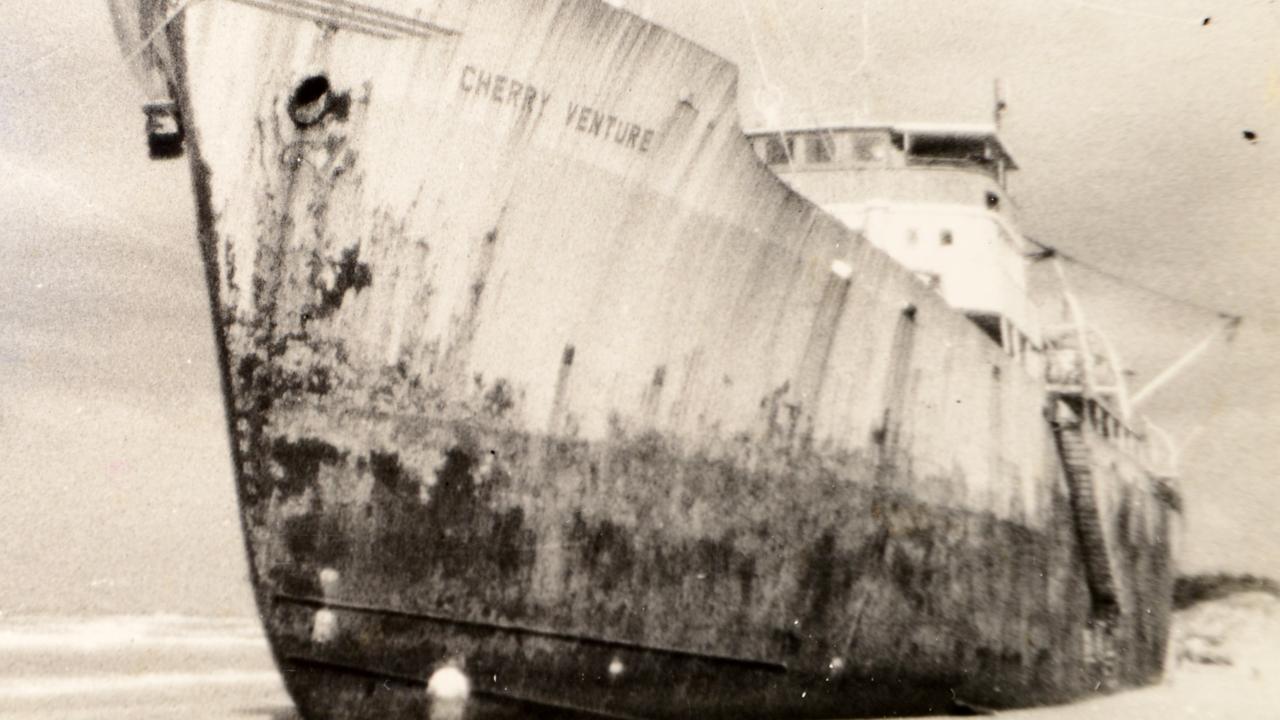
An iconic attraction of Gympie and the Sunshine Coast, the Cherry Venture was a 1600-tonne Scandinavian cargo ship that was shipwrecked on Teewah Beach for 34 years after it ran aground in 1973.
Built in 1945, the giant ship was travelling from Auckland to Brisbane when it was caught in a storm and wrecked on Teewah Beach, with the captain, 24 crew members and two monkeys on board all surviving.
1977 marked a failed attempt to refloat the ship after entrepreneur Peter Vagellas bought the boat with the intention of converting it into a luxury floating casino tourist attraction on the Great Barrier Reef.
Multiple refloating attempts failed over the years. In 1985, the propeller was removed and mounted as a monument at Rainbow Beach by the Rainbow Beach Business and Tourism Association.
A popular site for tourists travelling between Noosa and Fraser Island, the wreck was demolished in 2007 due to exposed asbestos in the engine room and increasing dangers due to its deteriorating condition.
Remains of the hull were exposed in both 2013 and 2018 following cyclones and storm surges, exposing the little that remained of the giant vessel.
Gympie’s Big Pineapple
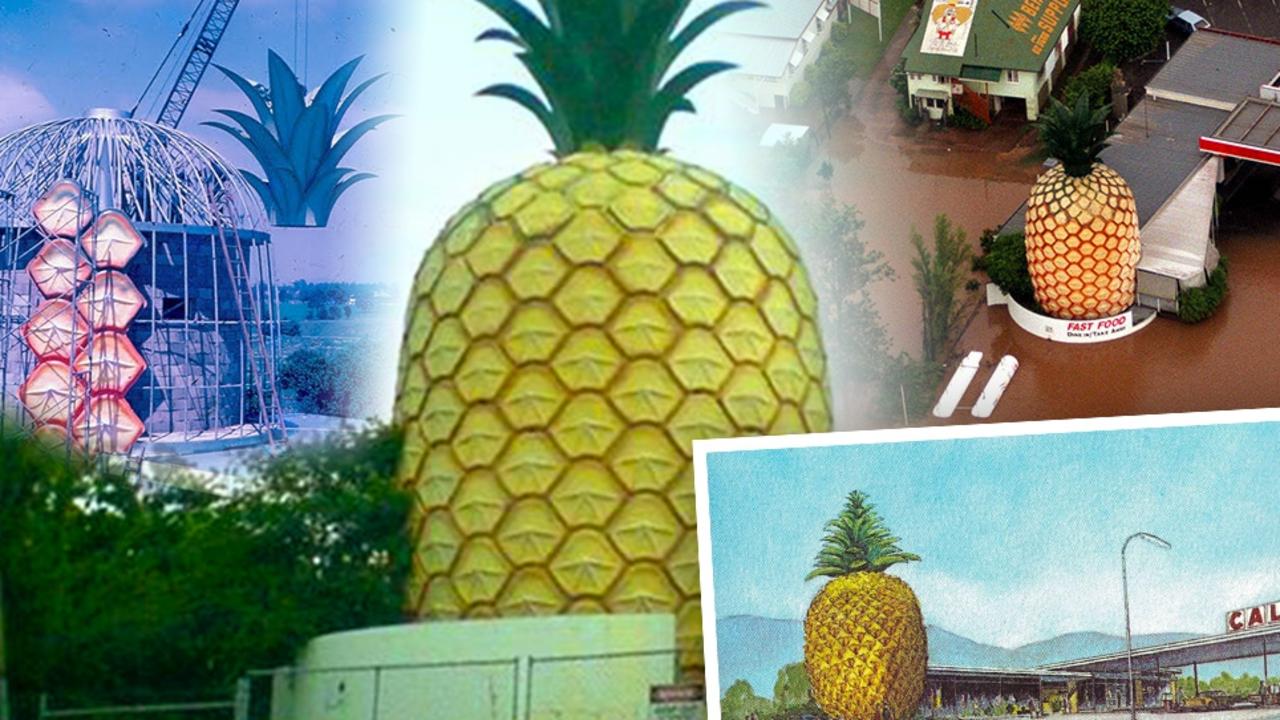
For more than three decades, Gympie was home to a 16m pineapple, located at the Caltex service station on the corner of Monkland St and the Bruce Hwy, in competition with the heritage-listed Big Pineapple not far south at Woombye.
Constructed in 1971, moulds for the Gympie Big Pineapple were made by the local WC Prongers and the golden attraction was opened two months after the Sunshine Coast welcomed its giant version of the fruit.
Serving as a meeting spot for the local community, the pineapple closed in 2008 after the site of the Caltex was redeveloped and moved 50m further up the Bruce Hwy.
Parts of the giant pineapple are reported to be located in locations across Gympie, with the crown of the pineapple allegedly in a backyard at Imbil.
Locals and visitors to the Big Pineapple pay tribute to the golden fruit by sharing photos and memories on The Gympie Pineapple Memorial Group Facebook page, which has a small but dedicated following.
Maryborough Dominion Flour Mill
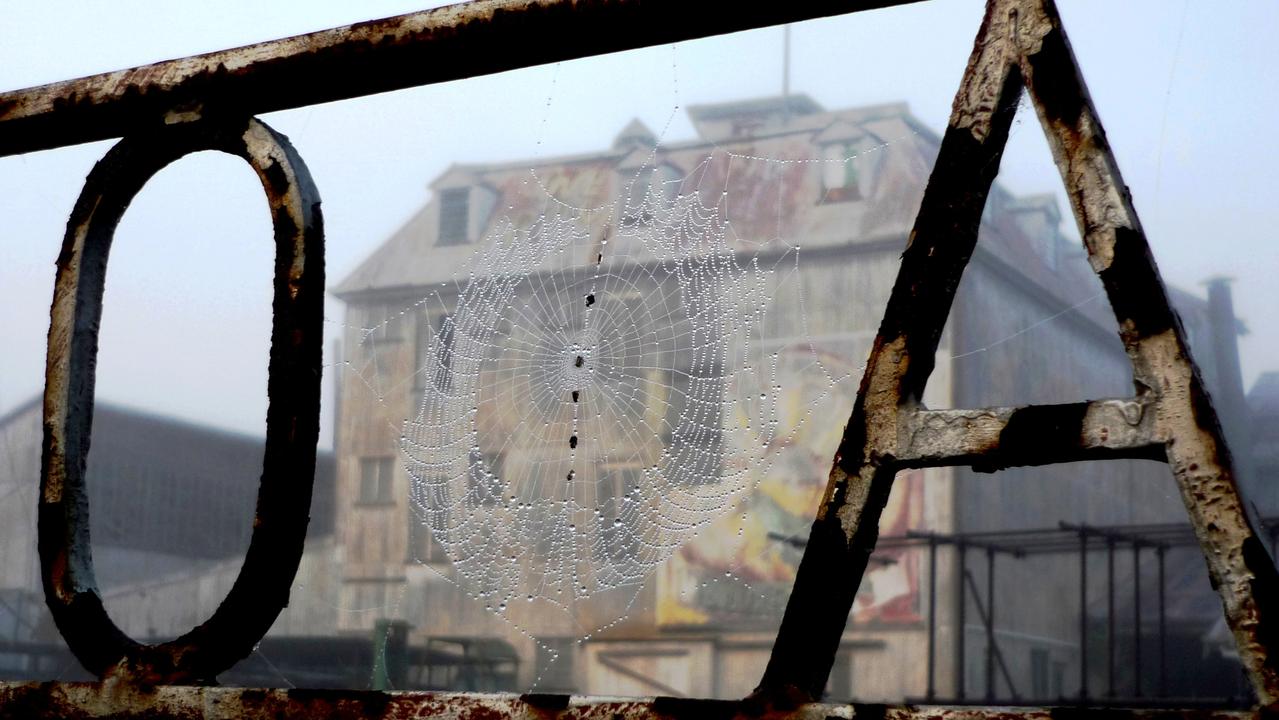
Built in 1890 for the Maryborough Milling Company, the Dominion Flour Mill was the most northerly flour mill in Australia in its time.
It changed hands numerous times before mill operations ceased in 1977.
It was then used as a sawmill and second-hand warehouse and has since become a popular tourist attraction for the Heritage City.
The site‘s removal was approved by the Fraser Coast Regional Council in November 2018.
Council documents revealed the building was in such poor condition there was no other option apart from demolition.
Queen’s Park Zoo, Maryborough
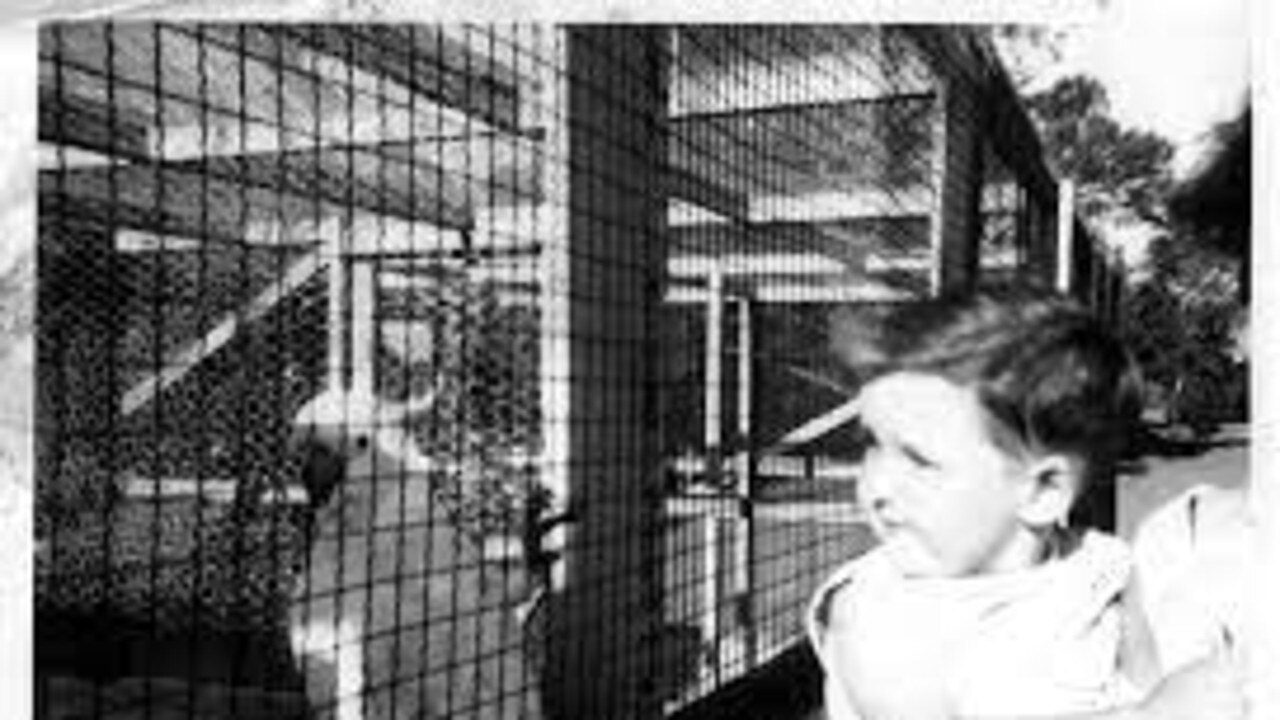
Queen’s Park in Maryborough has been the heart of the community for generations.
Initially, the area was used for boiling down works before it became a large botanical gardens in 1873.
Over the years it has grown and changed somewhat, with different features being introduced and then replaced, including a small zoo, a fernery, lakes and bridges.
The zoo even had a monkey cage at one point as part of its menagerie.
Bingara Mill
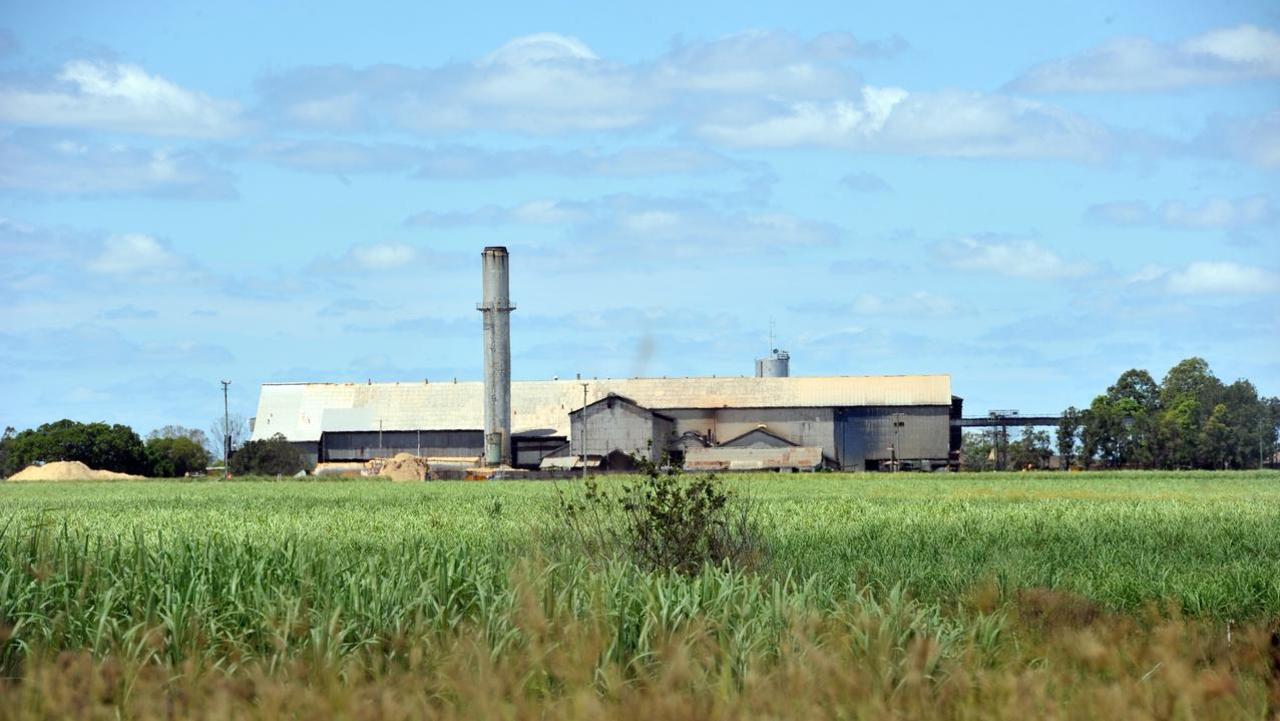
The Bingara Mill has been a staple of the Bundaberg sugar cane industry since it was bought in 1883 by Brisbane cane grower William Gibson and started operating as a sugar mill in 1885.
It was run by the descendants of the Gibson and Howes family for decades, until 1972 when Bingera Mill was taken over by Bundaberg Sugar.
In 2010, a joint venture between Bundaberg Sugar and Bundaberg Macadamias included a macadamia nut facility installed in an empty shed at Bingera Mill. The facility was to be used to dry and sort macadamia nuts.
Tragedy struck in 2014 when a fire tore through the mill and destroyed millions of dollars worth of produce and equipment just weeks out from the crushing season.
In 2020, the mill closed down when Bundaberg Sugar Limited announced plans to streamline its operations through Millaquin Mill and the Sugar Refinery.
Anzac Pool, Bundaberg
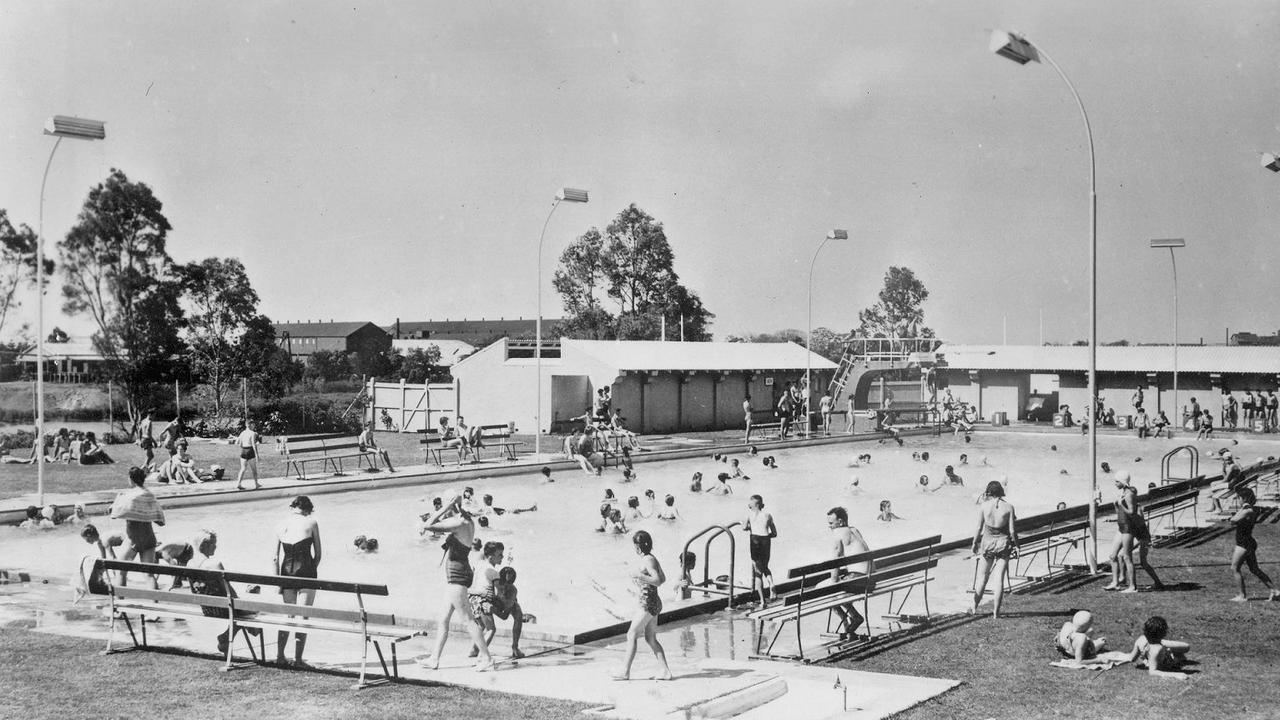
The demolition of the Anzac Pool, the former site of The Returned Soldiers’ Memorial Baths in Bundaberg, brought advocates out to give Bundaberg Mayor Jack Dempsey and council CEO Steve Johnston a thumbs down after parts of the historic site were closed and demolished in 2022.
Interactive: The changing face of Bundaberg over the decades
The pool was recommended for heritage listing after a campaign by Friends of the Anzac Memorial Pool tried to save the site when it was slated for demolition by the Bundaberg Regional Council.
A stone was laid at the pool on August 25, 1923 by a Miss Ethel Campbell, which states that the site was “erected to the memory of those who fought in the great war 1914-1918”.
The site was 99 years old in the year it was demolished and was a place symbolising the Bundaberg men and women who sacrificed their lives for their country during the war.
Teddington Weir Frog Pool
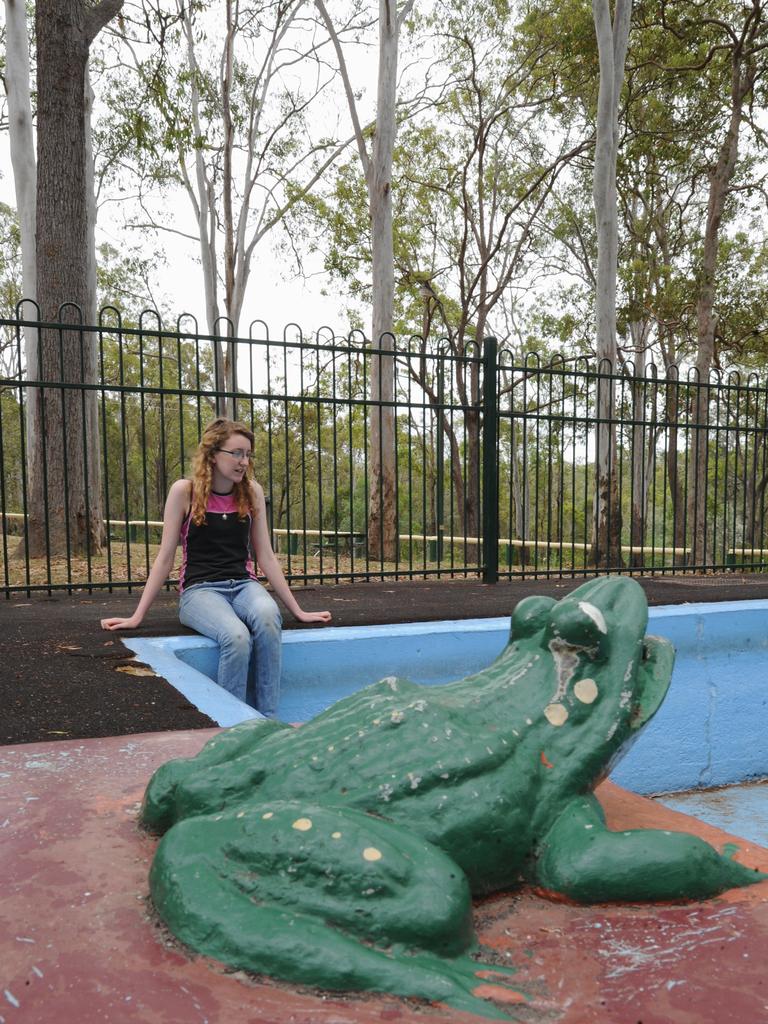
The removal of the Teddington Weir Frog Pool sparked community outrage in Maryborough in 2012.
The small pool was fully fenced and used by families in the region for generations before it was found to be structurally unsound.
The Fraser Coast council spent $35,000 turning the area into a grassed playground.
The demolition of the pool prompted strong reactions in Maryborough.
One woman was arrested on site while staging a sit-in to try to save the frog pool from destruction.
With the opening of the $6.5 million Maryborough Aquatic Centre timed to coincide with the destruction of the Teddington Weir pool and the construction of the new playground, a local councillor said residents would have a new centre to enjoy during the warm summer months.
Scarness skating rink
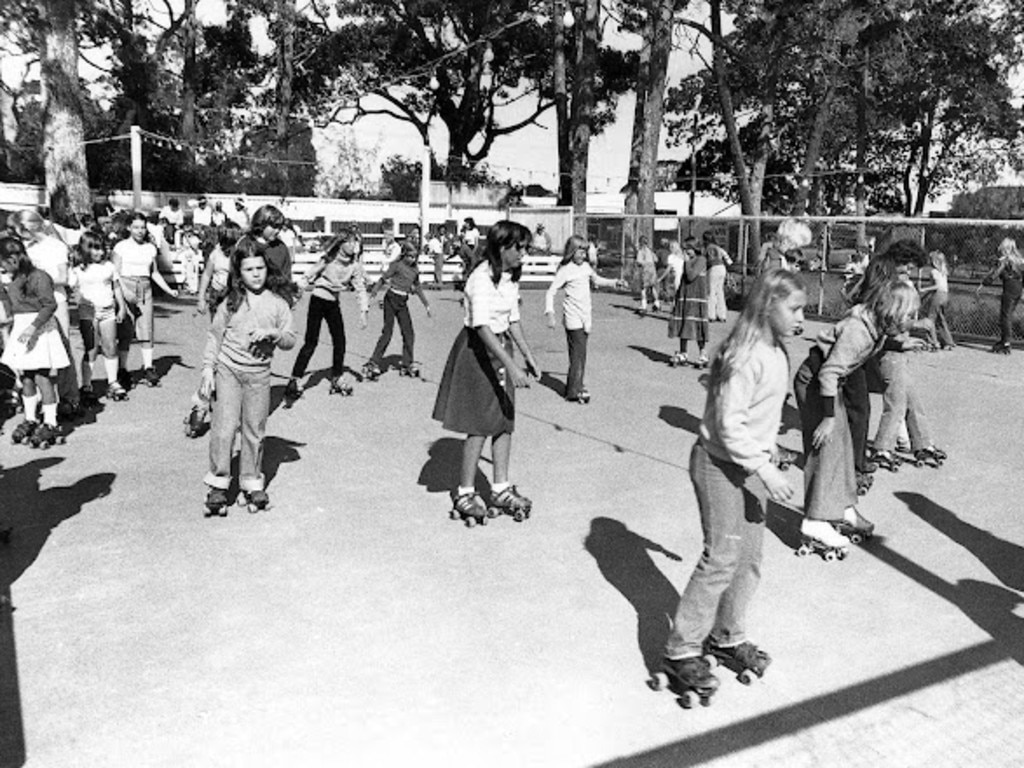
It was more than 90 years ago now, but in the 1930s a wooden floored skating rink was built right on the beach front at Scarness.
It was acquired by George Haddow Jnr, who operated the rink for some 60 years right through to 1990. After the Second World War, steel plates replaced the wooden floor and in the late 1950s, the old building was replaced with a new building and a concrete skating floor.
Over the years, with splinters from the wooden floor, cuts, bruises and rust from the steel floor and broken wrists and arms from the concrete floor, people young and old flocked to strap on their rented Chicago skates and spend hours circling the rink, playing games and enjoying the sea breezes and views, according to Fraser Coast Libraries Local History Blog.
Hervey Bay to Maryborough rail line
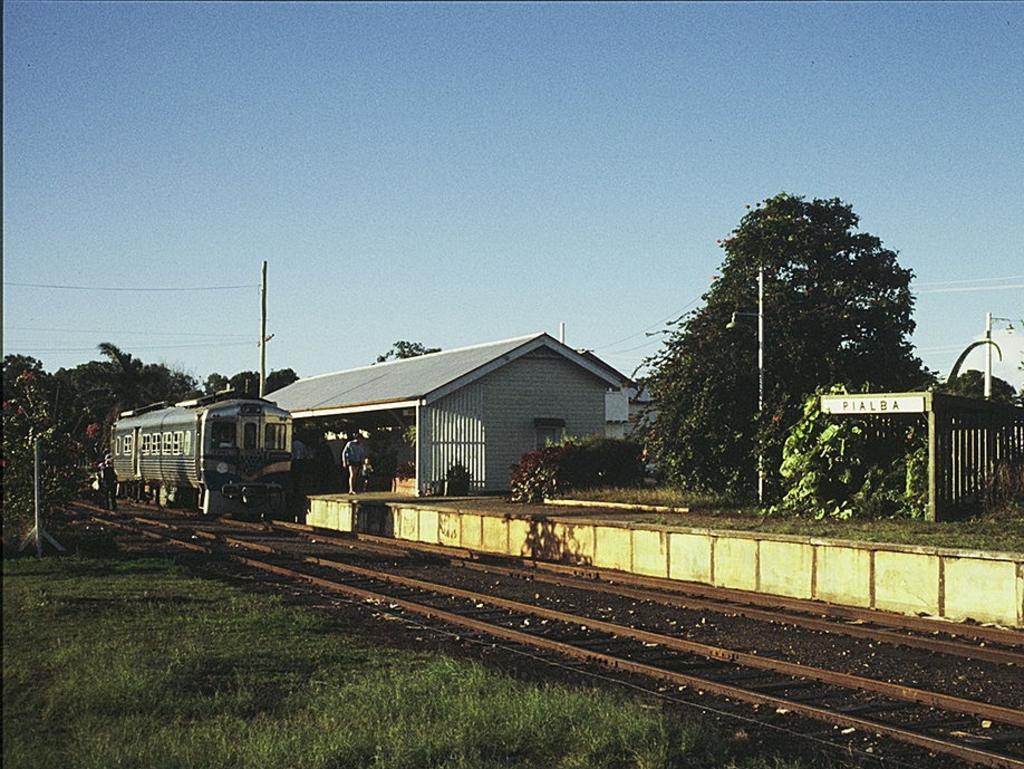
During the 1890s, trials and surveys were undertaken regarding a railway line between Maryborough and Hervey Bay.
The railway was completed to Pialba and opened for traffic on December 18, 1896, and a line to Urangan was built in 1913, opening on December 20.
In 1969, produce was no longer exported to Maryborough via the railway line as it had become too costly to maintain.
The Urangan Pier was closed to all railway traffic on December 31, 1974.
The last passenger train departed Pialba on August 7, 1972, but the railway line was kept open for freight.
The railway line was officially closed on June 30, 1993.
The line from Pialba to Urangan was converted into a rail trail.
From Takura to Pialba the tracks have been ripped up and from Colton to Takura, the tracks lie in a state of disrepair.
Some still call for the rail link to be reinstalled to Hervey Bay due to the city’s rapid growth.
Paramount Theatre
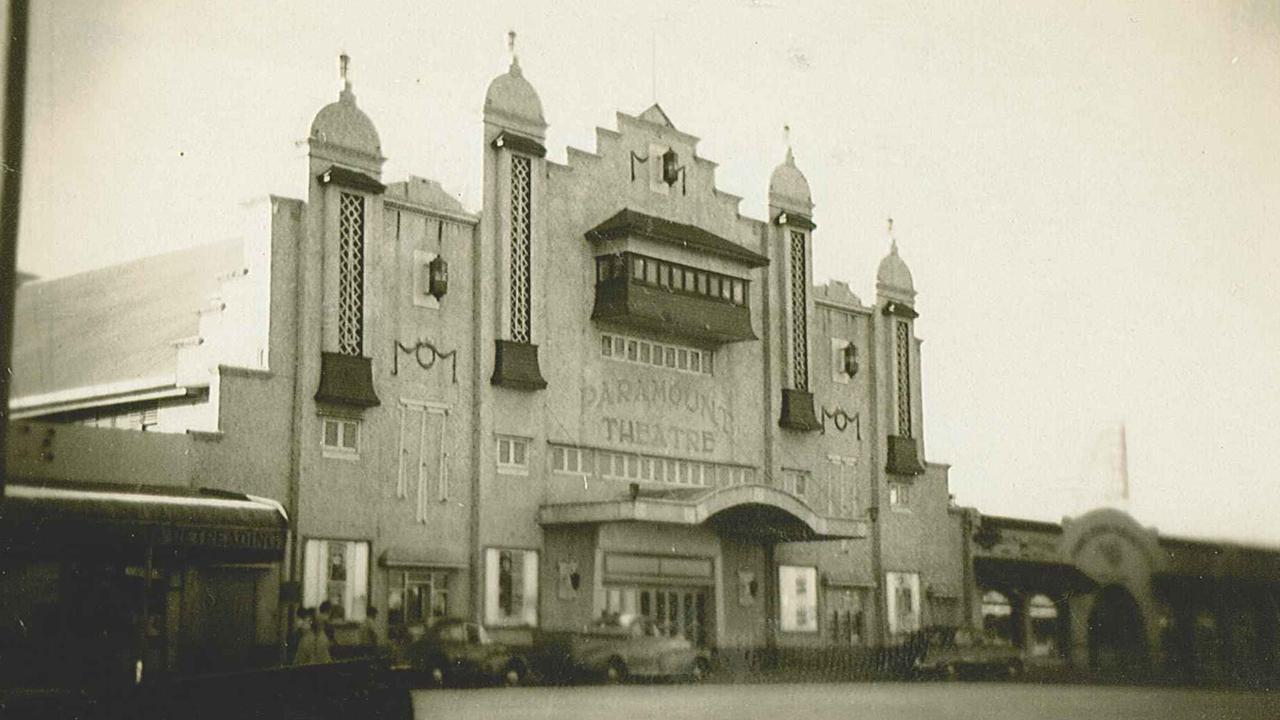
The Paramount Theatre once served as the place to be on a night out in Bundaberg.
The historic and grand building operated as a movie theatre from 1911 to 1965 on the northern side of Bourbong Street between Tantitha and Walla Street.
The open air theatre had several refurbishments during its lifetime, and when terraced seating was added in the late 1910s could accommodate up to 3000 guests.
By the late 1920s new renovations included and roof and it was reportedly the largest theatre in the Southern Hemisphere.
The theatre showed its last film on 30 October 1965 and within a decade the building was razed and the land used as a car yard which it remains as to this day.
Bundaberg Skating Rink
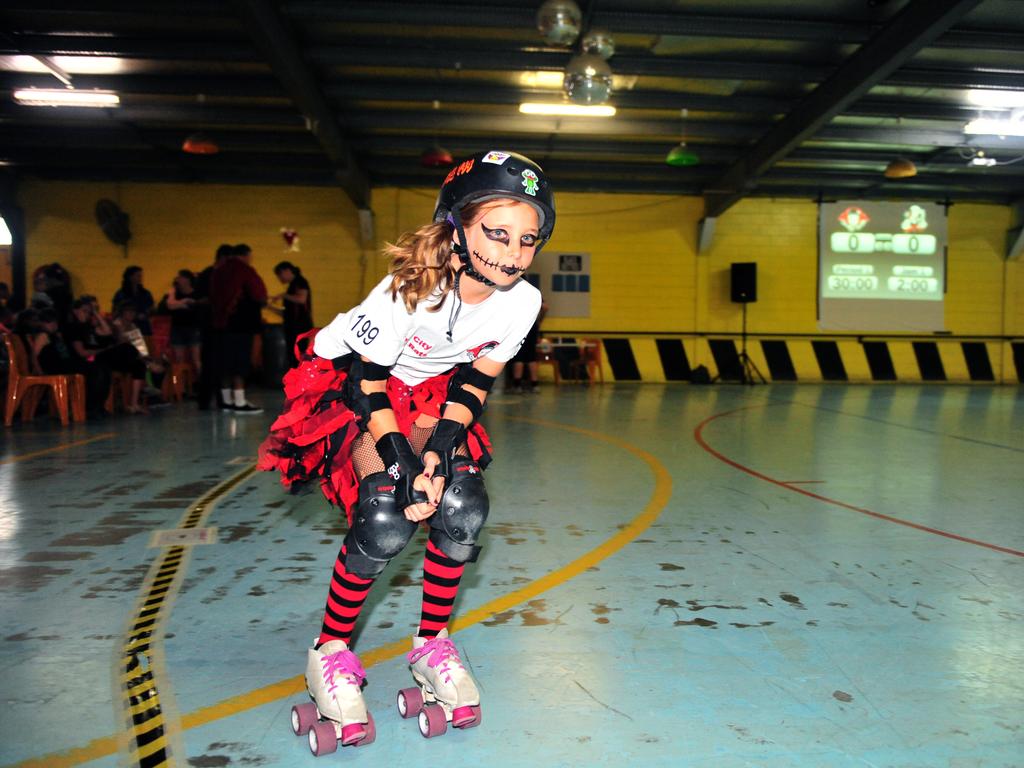
After more than three decades as serving as the home for roller skating lovers, the Bundaberg Skating Rink closed its doors in 2016.
Built in 1985, the space grew from a simple roller rink into the “Extreme Zone – Skate Centre and Amusement Arcade” with a skate shop, arcade and weekly skate discos.
The skate rink was originally built by Siebolt and Katarina Zeeman following the success of their first rink in Springwood.
The roller rink was an icon on the region and when the slab for the rink was originally poured in the ‘80s, it was the largest single pour in the southern hemisphere.
The building was closed in 2016 when the Bundaberg Regional Council required the land as part of a refurbishment of the area and the building of the Bundaberg Multiplex Sport and Convention Center.
Coral Isles Kart Track, Bundaberg
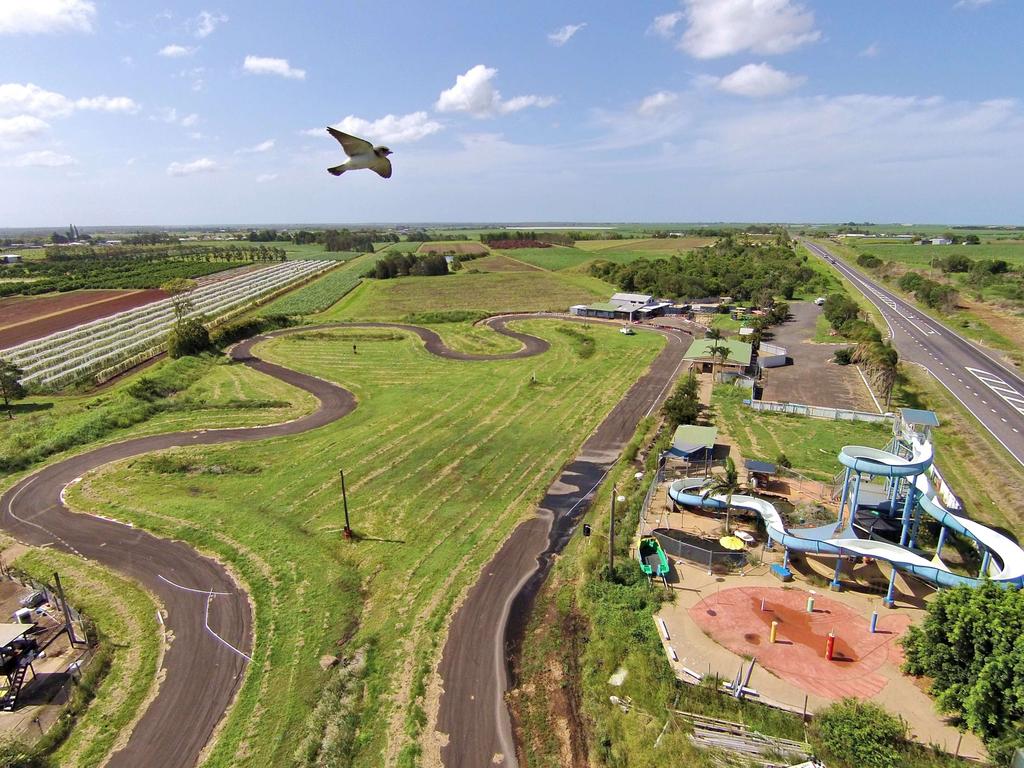
The Coral Isles Kart Track in Bundaberg was once the hot spot for a wet and wild weekend, with a towering water slide parked right next to a looping go kart track.
The Port Road business ran for several years before it was closed in the mid 2010s over safety concerns.
The track was a popular attraction to locals, tourists and backpackers who came for the two-stroke karts, some of the fastest available in the state.
The site and water slide was listed for sale and eventually dismantled in 2015 following years of uncertainty over its future.
A Gold Coast father purchased the slide for a bargain $1000 and reported at the time he was planning on installing it on his family property for his children.
Elite Cafe, Bundaberg
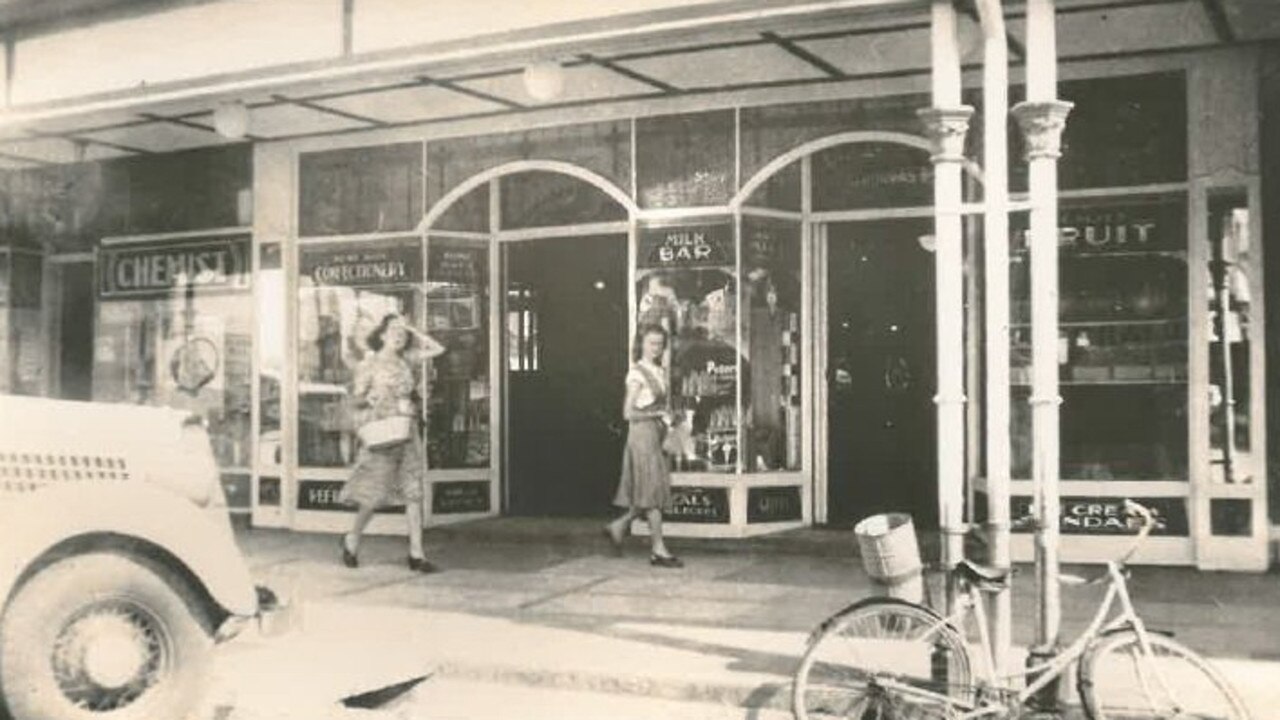
First opened in 1923 by the respected Lathouras brothers Jannos, Michael and Mark, the Elite Cafe was one of two iconic cafes opened by the family team.
The Greek brothers immigrated to Australia in 1906, and were involved in other families businesses on Bourbong Street before opening the Elite Cafe and the Cafe Royal in the 1920s.
The cafe was just one part of the family’s business, which included selling ice-creams via horse and cart and producing confectionery, which was sold through the cafes.
The Elite was known for its constant stream of hot cooked meals, BBQ chickens and the aroma of wood smoke from the old-fashioned stove.
The Elite Cafe stayed a family business until its doors officially closed in 1976.
More Coverage
Originally published as 16 icons of the Wide Bay that no longer exist








